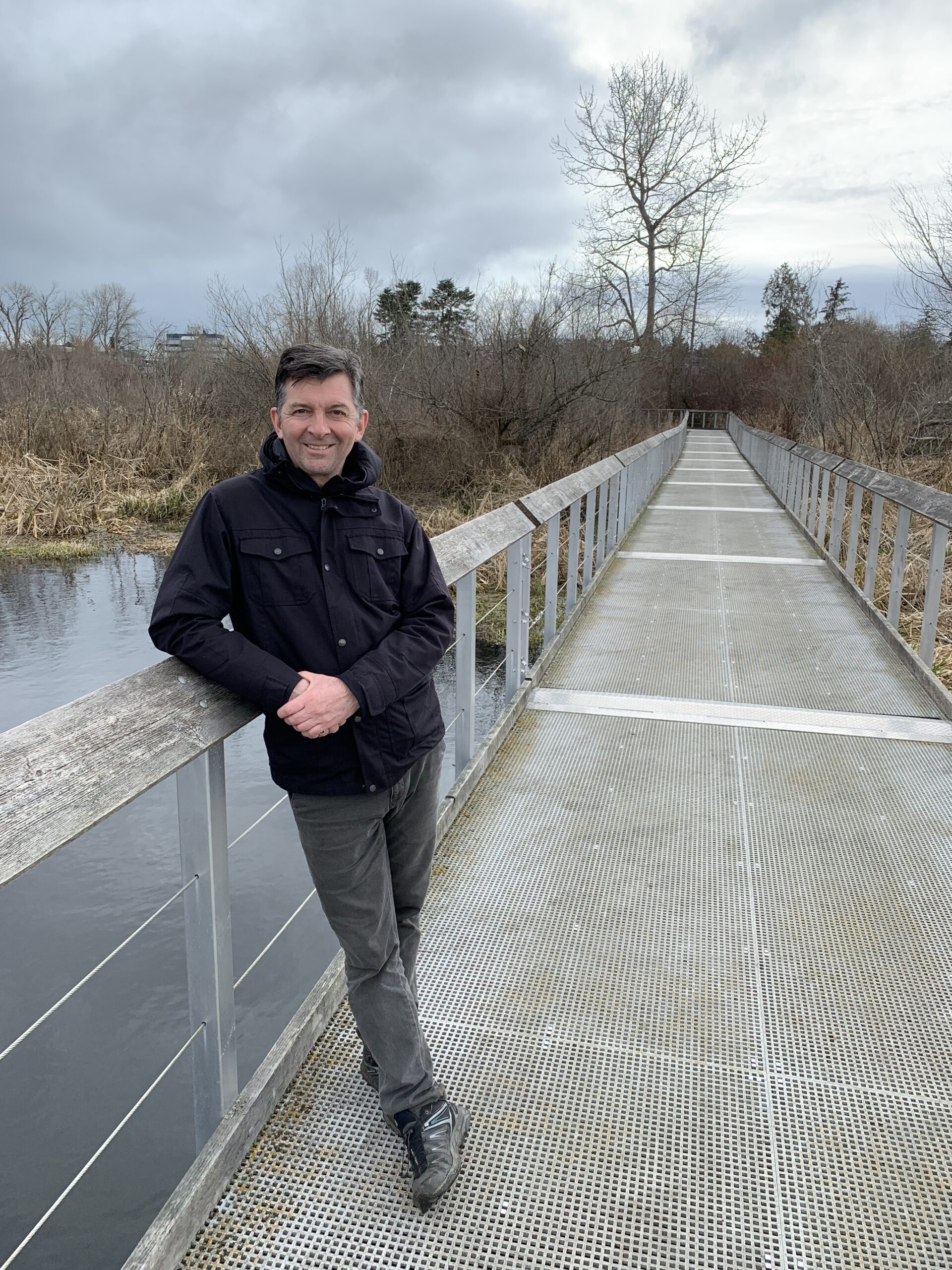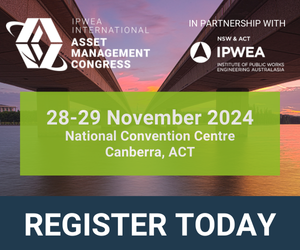Roy Brooke estimates that back in 2017 if he had asked a room full of asset management professionals if they had thought of including natural assets in their planning methodology, the only people who would have raised their hands would be ‘friends I’d dragged along.’
Five or so years later he says that while the idea of natural asset management is “by no means ubiquitous”, the idea is catching on.
“Depending on the room sometimes it’s close to 100% who have heard of it, and in no cases is it zero. So, progress is being made,” says Brooke.
After several decades working with various United Nations development and humanitarian agencies in roles around the world, Brooke is now back in his native Canada and is executive director of the Municipal Natural Assets Initiative, a not for profit organization with a mission to see natural assets such as forests, wetlands, streams and coastal areas included across Canada in mainstream asset management frameworks.
Beginning with a project around an aquifer in the town of Gibsons in British Columbia, the initiative now counts over 100 natural asset projects throughout Canada.

“That’s the good news, but the bad news is that there are almost 4000 local governments in Canada which means that we have a lot more work to do in making this work go mainstream. “
In the Gibsons’ project, the town’s managers included the aquifer in their asset management plan to provide water storage and filtration, while also delivering drinking water so pure it meets health standards without any chemical treatment. Creeks and woodlands help manage the rainwater and the foreshore area of the beaches act as a natural seawall.
In the aftermath of this project, Brooke and his colleagues pondered next steps.
“We asked ourselves if this was some weird marginal thing that is applicable only in Gibsons or if could be refined, replicated and scaled up,” he says.
“And the answer came back with a resounding yes, and some of the loudest voices were from the asset management people.”
The change in thinking, says Brooke, was to see that asset management is fundamentally about service delivery and delivering services effectively, reliably and also sustainably.
“We were increasingly tied up with the idea of differentiating the pink or the blue or the green widget delivering a service. So, we asked a different question which was ‘what is the best way to deliver a service? And it turns out that very often, it is an existing or restored natural asset” says Brooke.
“Natural asset management helps local governments with service delivery but also speaks directly to some of the greatest challenges we are going to face in my lifetime and our kids’ lifetimes.
“Because there is no way that we can get to 2050 with all these great Net Zero goals without health, connected and bio-diverse ecosystems. This means we need scalable nature-based solutions. And, the work we do is inherently scalable because it is based on an asset management platform that public sector entities need to use anyway”
Natural asset management takes an approach which is beyond the traditional way of seeing natural assets as purely recreational or social amenities.
Brooke gives the example of a park, which might be seen as “just a nice place to walk.”
“There’s nothing wrong with this but it pre-disposes us to think about nature as a beauty contest, and we might ignore another natural asset much we might see as being subjectively ugly, like a marsh or a swamp,” he says.
“And that means that every hour of every day, week in week out we have local governments and others making land use, zoning and investment decisions with only the narrowest understanding of the full range of services that nature provides.”
Ultimately, a decision might be made to drain a wetland and put in houses or commercial property which might be considered good policy because they would deliver rates and tax revenue. But unless nature’s services are also understood and considered, notes Brooke, “it puts an implicit value of zero on nature, and people act accordingly.”
A natural asset management approach would factor in a wide range of services provided by the wetlands and the value of these services. So, even if a decision was made to drain the area for development – at least it would be done based on a full understanding of the costs of that decision.
“At the very minimum, natural asset management can give us a basis for better and more holistic decision making,” says Brooke.
“It can help us understand that the wetland is preserving some species or providing services X, Y or Z, and maybe it is still destroyed, but that decision is taken with eyes open as to the cost.”
The advocacy of Brooke and his colleagues at the Municipal Natural Assets Initiative are part of a momentum for natural asset management which is influencing organizational standard setting in Canada and permeating policy making.
The engineering regulator in British Columbia, for example, now has a professional practice guideline which asks engineers who are asset managers to factor in natural asset management into decision making frameworks.
A national standard is in the pipeline for part of the natural asset management methodology, and the issue has attracted the attention of the Public Sector Accounting Board, which is considering a longer term process for determining how nature’s value can appear on the balance sheet.
Brooke argues that such national and provincial-level norms, standards and incentives, combined with the growing number of practical examples, will help make natural asset management a broadly based practice in Canada – and quite possibly beyond.
‘Things are moving. We’ve got many tools, and we can use these to help entities develop data-based roadmaps. We’ve also done probably 30 or 40 inventories which can express information on natural assets as a dashboard or in a tabular format, and are the gateway to broader natural asset management efforts” says Brooke.
“Our methodologies might not be perfect but we’re rolling them out, and engaging people across all sectors, and helping to build an economic sub-sector for this work. And we believe it is starting to make a real difference.”














